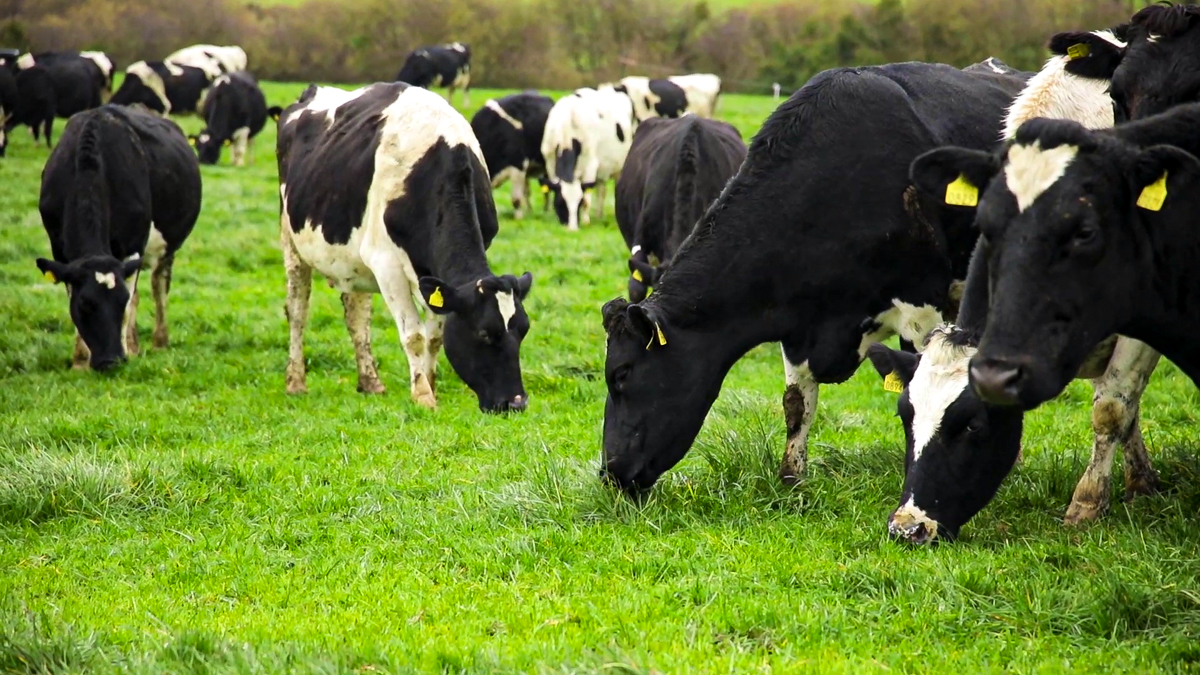Mastitis is an inflammation of the cow's mammary gland, which is usually caused by bacteria entering the teat canal.
Mastitis on dairy farms can have a major impact on a cow’s economic performance due to unrealised milk production; treatment costs; increased risk of culling; and discarded milk.
It can be caused by several factors or by a number of different bacteria, so careful monitoring is advised.
A simple rise in the bulk tanks somatic cell count (SCC) could indicate an issue with mastitis that may be clinical or sub-clinical.
Mastitis
A recent study conducted by Zoetis has found that dairy farmers are making great strides in managing mastitis within their herds.
The survey, which had 200 participants, found that over 90% were using selective dry cow therapy (SDCT) at drying off - with 70% using less antibiotics in half their herd.
However, only one quarter of respondents were regularly using lab cultures to identify the cause of mastitis, with 31% not monitoring cases at all.
The study also found that almost three-quarters of farmers were aware of the importance of administering pain relief to cases of clinical mastitis during lactation, which according to Zoetis vet Andy Tyrer, shows that dairy farmers are working more closely with their vets to manage cow health.
Commenting on the study's results Tyrer said: "The results show a significant move by farmers away from routinely using antibiotics at drying off, to using SDCT.
"There was also a desire for further education from producers, particularly on the control of mastitis in lactation (almost 50%) and the dry period, with nearly half wanting to receive that from farm walks / farmer meetings and one-to-one training with their vet."
Monitoring cases
Although the study found a positive move in the use of antibiotics, it did determine that while farmers may think they know the greatest cause of mastitis on their farm, some are not doing any monitoring.
Commenting on this Dr. Tyrer said: "The majority of farmers surveyed considered lactation origin environmental infection the primary source of transmission.
"However, a study in the Veterinary Record in 2016 found that for almost half of farms, the environment within the dry period is a more significant source of infection than in lactation.
"This could indicate that many farmers are underestimating the true importance of dry period origin infections that then cause cases of mastitis in early lactation.
"This reinforces the need for the correct use of teat sealants to reduce the chance of acquiring new infections during the dry period," he added.

